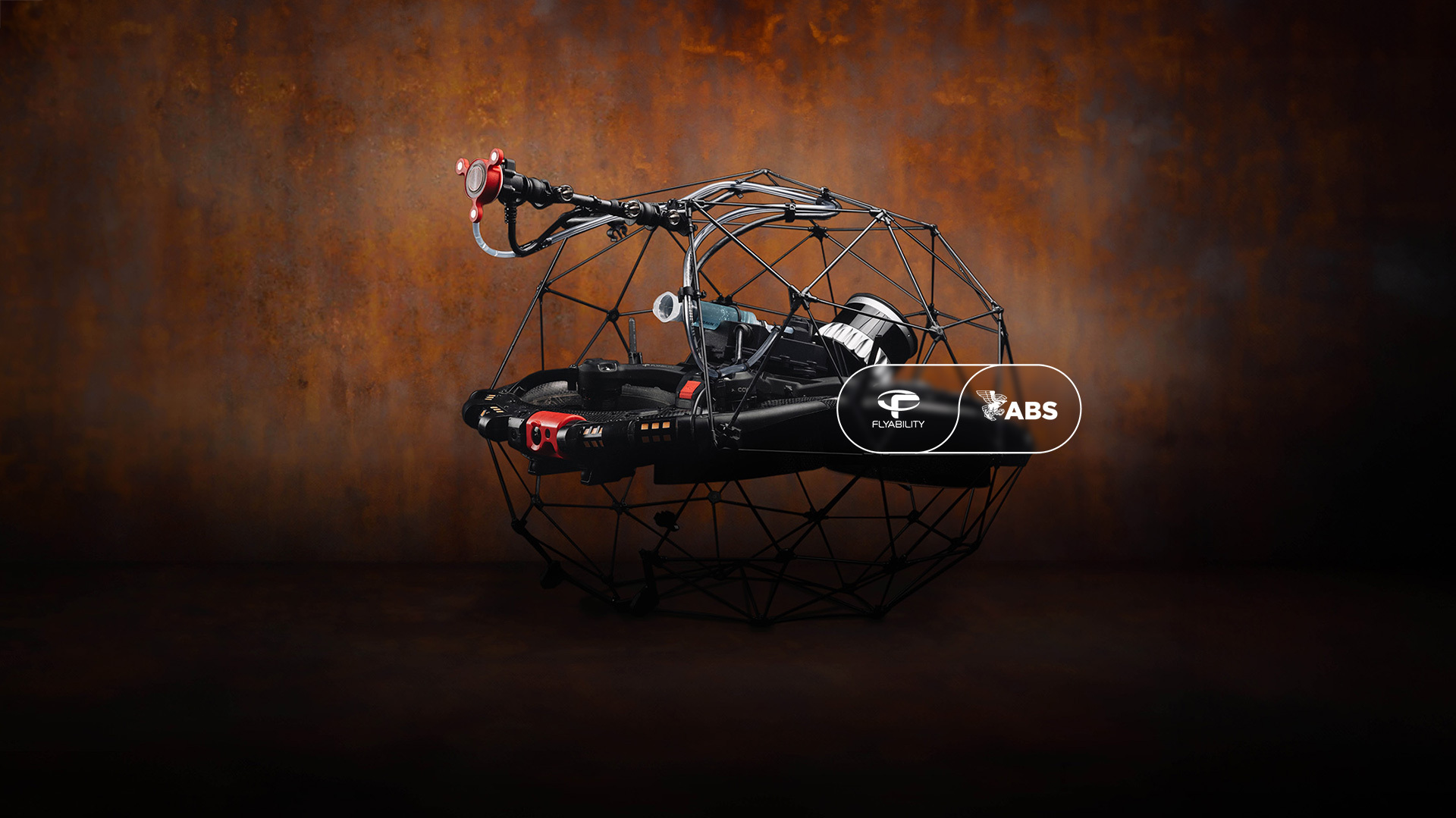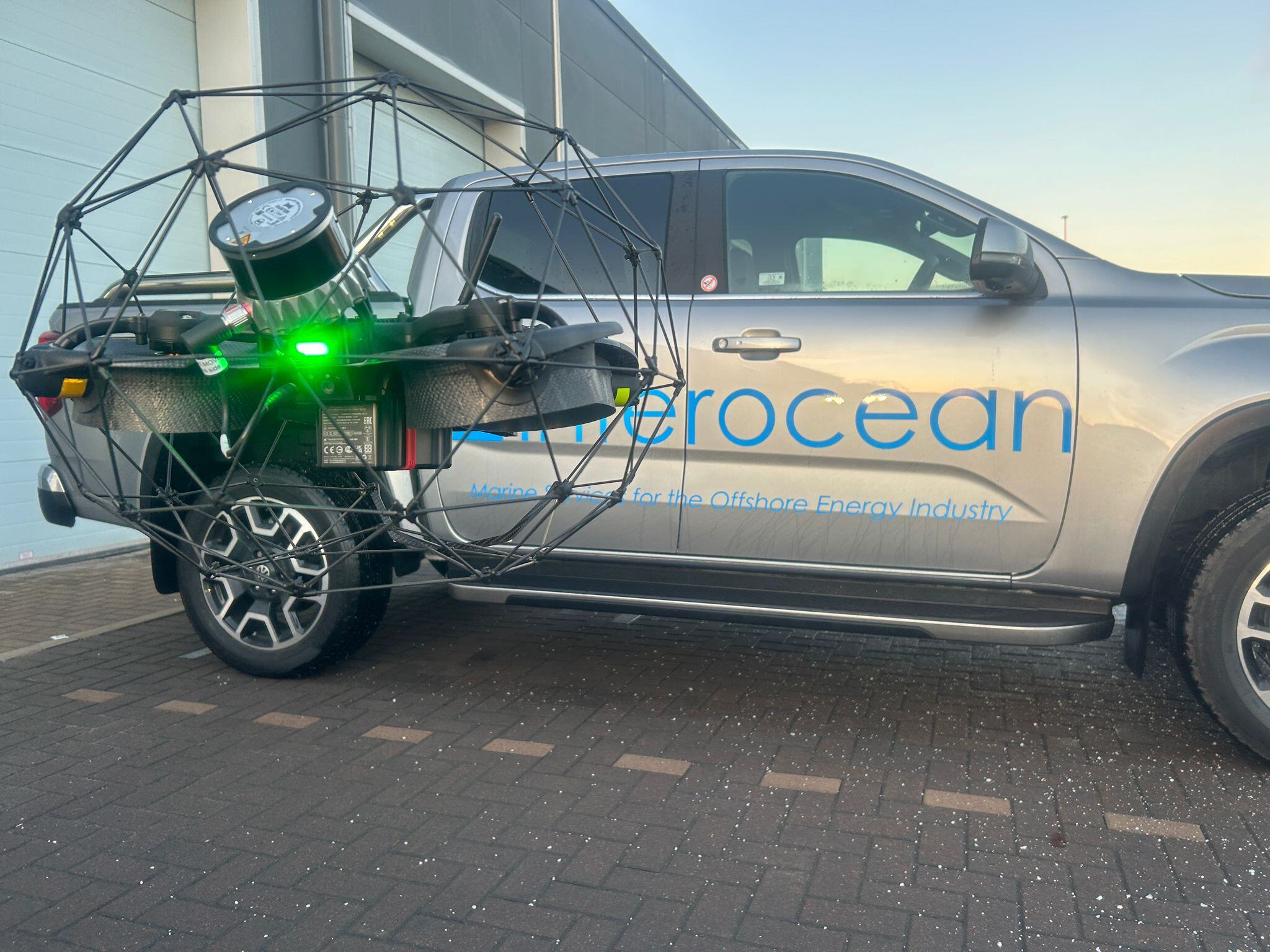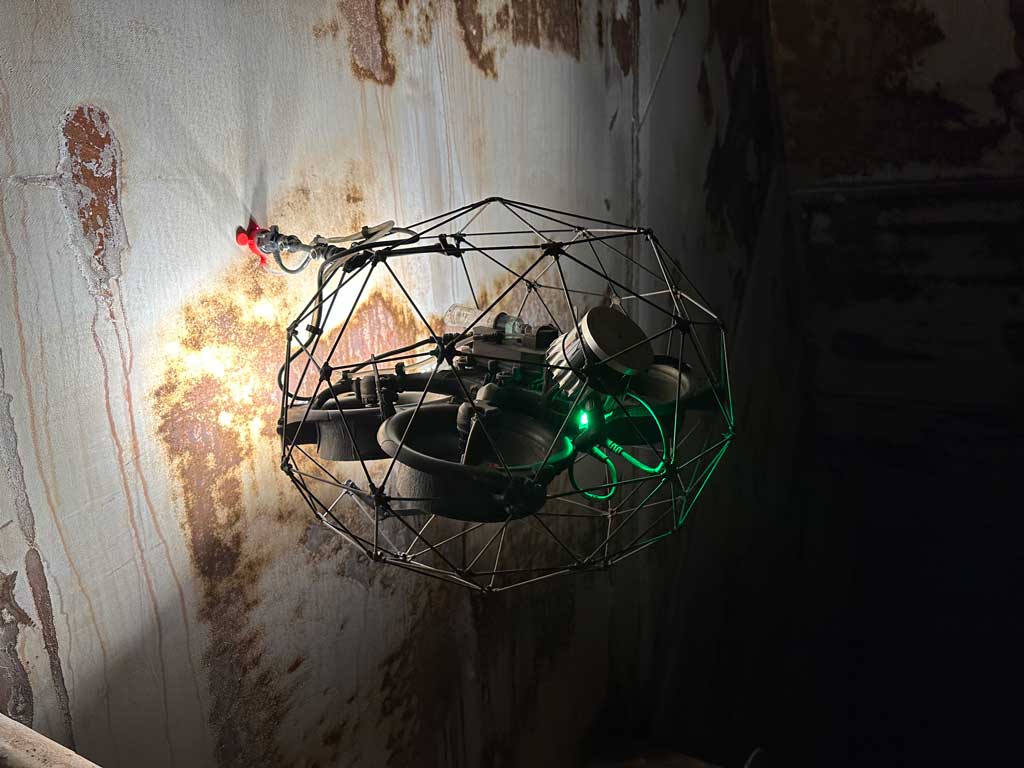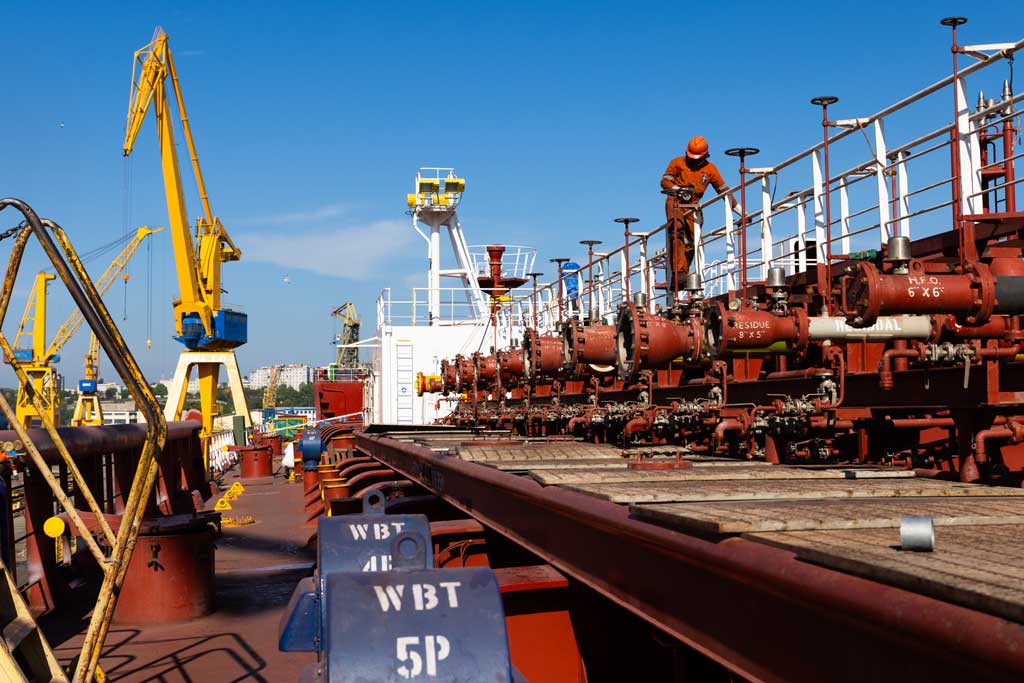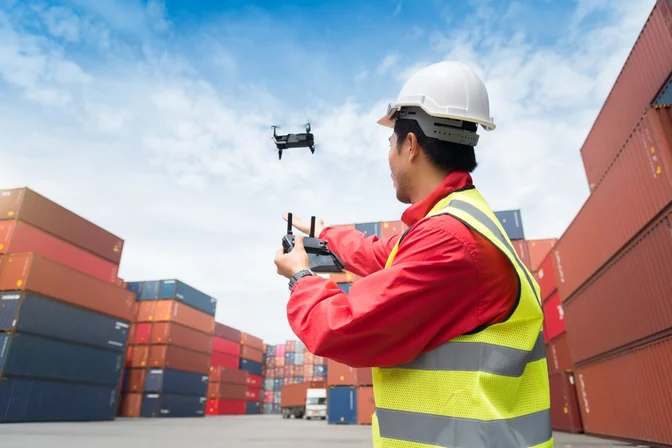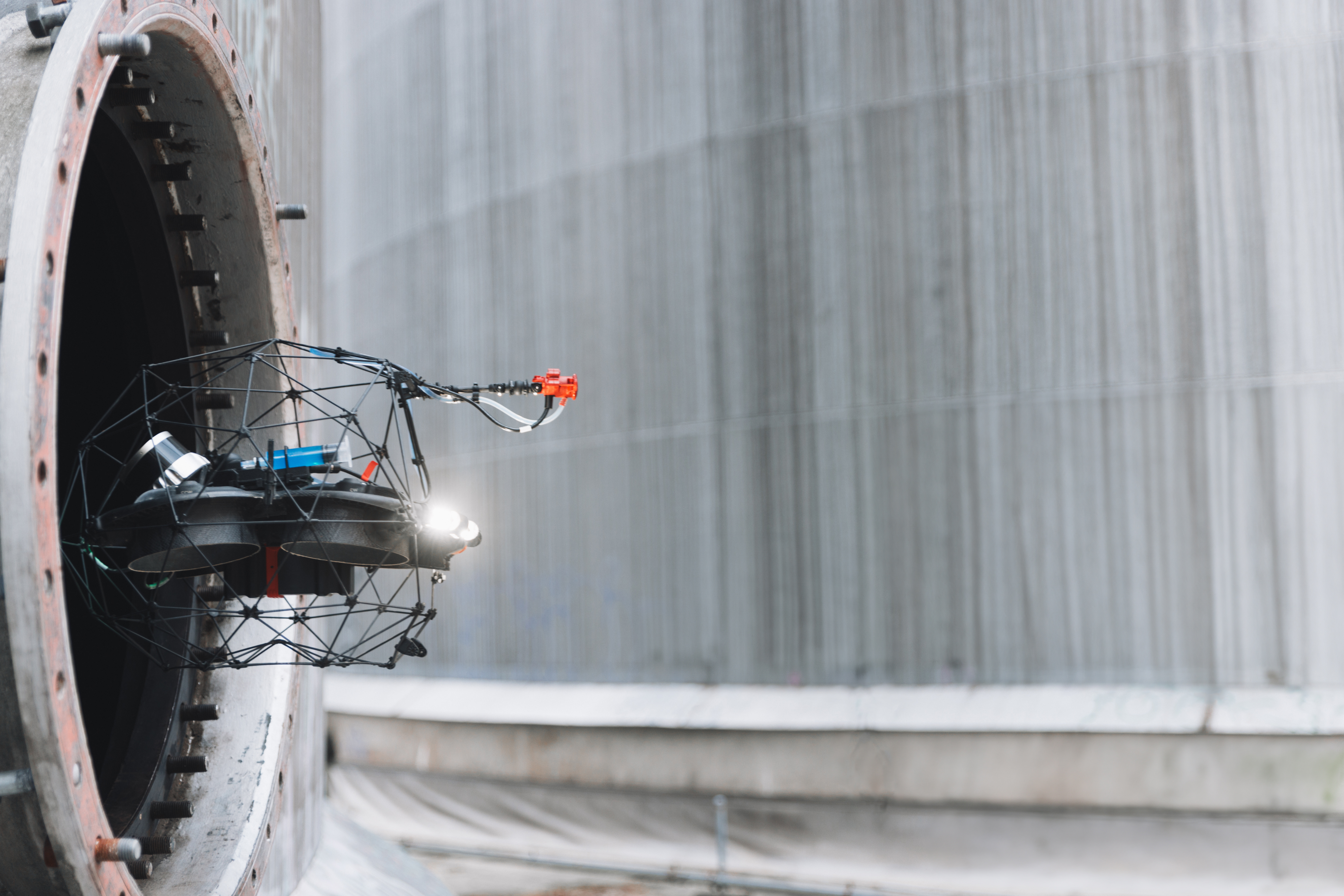- Blog >
- What is a Maritime Drone?
What is a Maritime Drone?
"Maritime drone" is a general term that refers to remotely controlled tools used in the maritime industry. A broad term, maritime drone includes flying UAVs and remotely operated vehicles that can move through the water. This article will focus solely on airborne applications of maritime drones as they are more common.
The use of sea drones continues to garner popularity; as recently as 2021, the European Maritime Safety Agency (EMSA) awarded a €30M contract to TEKEVER for aerial surveillance of European waters.
Drones are adaptive tools that are compatible with a range of applications, resulting in an increase in marine drone services being offered around the world. Adopting maritime drone technology is a significant step forward, and international agencies beyond the EMSA will likely follow suit in adding drones into their fleet.
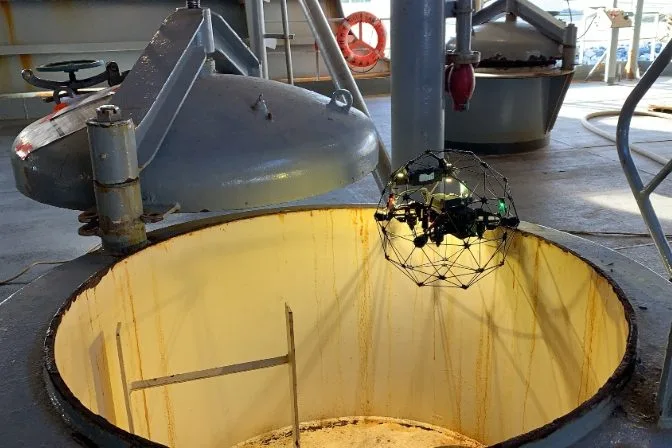
What Are Maritime Drones Used For?
Maritime drones operate in many environments that are confined, tough to navigate, and dangerous for crewed inspections or missions. They also help save time on the work it takes to inspect and monitor conditions when sending people into unknown situations.
Let's take a look at how maritime drones are being used:
Cargo Hold Inspections
The cargo compartments of a ship are not exactly a desirable place for a human to be.
Often, ships fail cargo hold inspections because of residual residues, peeling paint, and rust found in hard-to-access areas of the hold.
Inspections are conducted for cleanliness to ensure that the cargo hold is clean and prepared correctly before new items are loaded into the space.
Many countries have strict regulations for cargo hold tank maintenance; even having one grain of a contaminant could result in a failed inspection.
Some examples of inspection failure contaminants include:
-
Peeling paint
-
Rust and corroded surfaces
-
Cereal
-
Stock feed
-
Grains
-
Feathers
-
Soil
-
Sand
Accessing the nooks and crannies where these contaminants are located is difficult because of their location. One must also consider the time and resources required to send a crew into the hold to inspect such a large area.
By using maritime drones or marine drone services, the hold can be inspected quickly and efficiently to identify potential issues and remedy them. Doing so improves the crew's safety and reduces the ship's downtime, increasing the efficiency of the ship inspection.

Engine Room Inspections
If a fire breaks out in an engine room, it may be too dangerous for inspectors to survey. Damaged electrical systems, fuel systems, compromised structural components, and hot metal poses an extreme danger.
An indoor maritime drone, like the Elios 3 can be used to survey the area to ensure a fire has been extinguished properly. In addition, the drone is capable of operating in extremely high temperatures to gather situational awareness.
The ability to assess the interior of a ship before sending in firefighters allows responders to understand if it's safe to enter and what areas of the ship to target to suppress and eliminate any remaining threats.
Drone Ballast and Fuel Tank Inspection
In terms of dangerous places, inspecting ballast and fuel tanks is hazardous and unbelievably time-consuming. Depending on the ship, inspections can go beyond several hundred hours. These inspections can include both close visual inspections and UT surveys.
The longer a ship is down for inspection and any subsequent repairs, the more resources are required. Choosing to use maritime drones to conduct the inspection can reduce inspection times by 90%.
Drones also can cover 100% of a surface area far more efficiently and accurately compared to crewed inspections. Certain maritime drone services can provide visual and UT data simultaneously, gathering key data for class certifications faster than with manual inspections. Additionally, because of the efficiency, ballast and fuel tank inspections can be performed more frequently with a maritime drone, improving the longevity of these critical components.
Watch the video below to see the Elios 2 inspecting a ballast tank:
Port and Ship to Shore Crane Inspection
Inspecting the inside of large maritime cranes is expensive, time-consuming, and physically demanding work. However, maritime drones make inspections of these large metallic structures more efficient, safer, and more data-oriented.
Maintenance crews can pinpoint structural and component defects and create a repair or replacement plan by visually inspecting in combination with AI software. Due to the sheer size, drones also eliminate the need for humans to climb these structures.
Like other forms of inspection, the integration of maritime drone services allows for more frequent inspections to bolster preventive maintenance and future planning.
Security and Surveillance
While drones are a great tool for indoor ship inspections, they also monitor borders, illegal fishing practices, drug, and human trafficking, and water pollution. Military and border agencies around the globe are also using drones for military and national security purposes.
With numerous sensing capabilities and interchangeable payload equipment, drones are configurable for various maritime drone applications. For example, infrared sensors can locate individuals crossing borders at night or committing other illegal activities.
Drones quickly cover a large area for monitoring borders without putting border patrol agents in dangerous situations. While increasing the patrol range, drones also help protect diverse border terrains spanning thousands of miles, which consist of large bodies of water and mountainous terrain.
Maritime Drone Search and Rescue
First responders have been using drones on land for years, from fire fighting to locating missing people in dangerous situations. Drones are deployed far quicker and cheaper than traditional search vehicles like helicopters.
Until recently, they were not used as often for maritime search and rescue missions due to challenging weather conditions and limitations of the technology. However, with their proven track record for saving lives, the technology for search and rescue maritime drones is rapidly improving.
In fact, lifeguards have been testing drones that drop flotation devices that inflate upon impact. In Australia, two teenage boys were able to swim to shore after a Ripper Lifesaver drone deployed a life-saving flotation device.
An interesting aspect of this story is that the first responders did not have to go out to sea, which improves safety and reduces the resources usually required for an emergency.
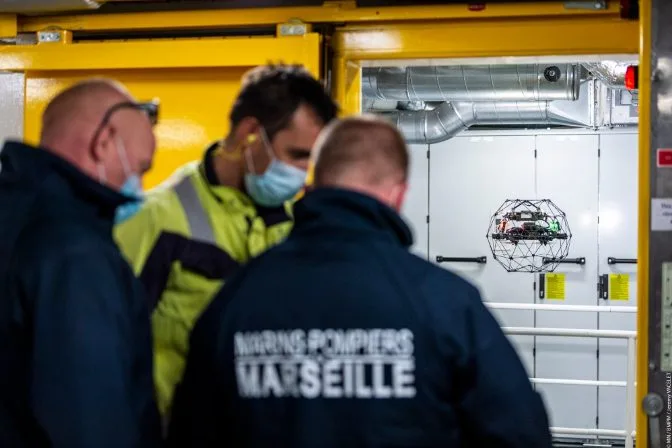
Drone to Ship Deliveries
Operating ships is expensive, and stopping at ports for parts, important documents, or other essential resources costs time and money. There are also boat delivery services that go out to the ship but still cost thousands of dollars.
With drones already in use for land deliveries, it only makes sense that drones would be a less expensive and practical option for maritime deliveries going forward.
Benefits of Using a Maritime Drone
Maritime drones are intended to be useful tools to help operations become more efficient. Here is a list of some of the benefits of using a maritime drone:
-
Reduced downtime of ships, cranes, and other critical infrastructure due to prolonged inspection times.
-
Elimination of risks to people by cutting exposure to heights, heavy equipment, and dangerous gasses associated with maritime inspections and operations.
-
Using maritime drones for UT and close visual inspections can reduce inspection times by days to several hundred hours.
-
Drone inspections require less personnel and resources, which significantly reduces expenses.
-
Inspections are more detailed and accurate, with drones providing results that can be used as a longterm record.
-
Inspections are conducted more frequently due to drone technology's time and money savings.
-
Maritime drones aid in covering large borders and securing military bases, ships, and security-sensitive infrastructure.
-
Search and rescue teams can use drones to locate missing persons and deliver life-saving equipment allowing more time for first responders to develop a plan.
-
Using drones for search and rescue missions improves response time and limits exposure to dangerous conditions.
-
Maritime drone deliveries can drop off essential documents, medicine, or parts to ships without returning to port.
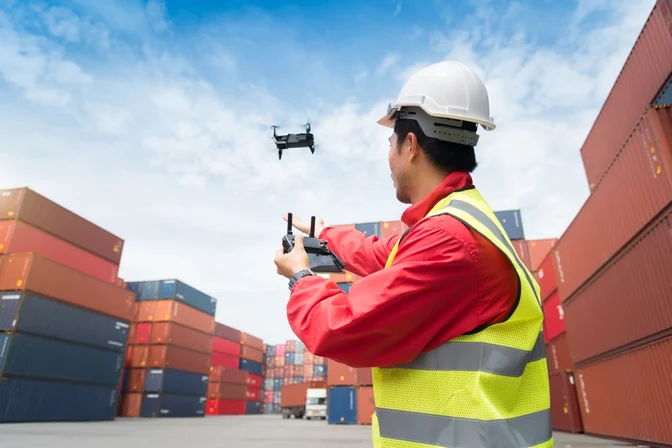
Case Studies of Maritime Drone Services
The use of drones in the maritime industry is growing each day, with specialized contractors offering marine drone services to assist in inspections, class surveys, and general asset management. An area of rapid development is inspecting interior ship components such as ballast and cargo tanks, engine rooms, and more. These are a few case studies related to using maritime drones.
Saving 15,000 hours of work with a maritime drone
Application: Special Periodical Inspection of oil tanks in a mid-sized ship
Mission: Complete UT and close visual inspections in the cargo oil tanks (COT) and the transverse bulkheads between each COT
Results: Using the drone eliminated the need for scaffolding, which takes up to 15,000 hours to assemble and teams of 10+ people. Instead, inspections were completed by a pilot and certified inspector. The maritime drone inspection was accepted by the class society.
Maritime Drone Significance: This study shows how maritime drone technology can significantly reduce the time and money required to conduct complex ship inspections. The success of this inspection showcases how drones in the maritime industry can be maximized in the future.
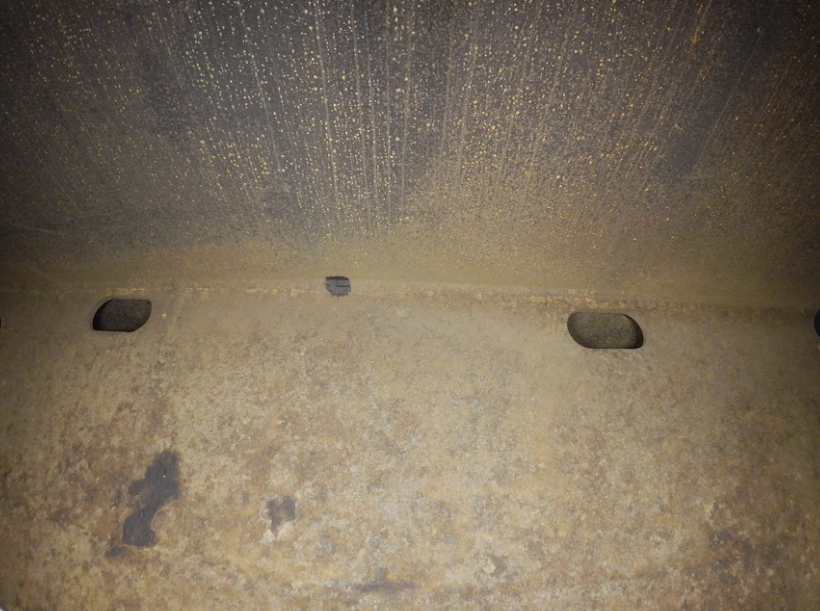
A photo from the close visual inspection with the Elios 3 inside the COTS.
Read more about this case study of maritime drone inspection of cargo oil tanks.
Marine drone services save $1 million for a hull inspection
Application: Hull inspection for ship class certification
Mission: A vessel was underground its class survey, where costs can reach $1 million for larger ships.
Results: Using the maritime drone Elios 3 resulted in the elimination of risks and reduced workforce due to using drones instead of scaffolding or rafting to reach inspection points throughout the hull. As the Elios 3 is a UT drone it was possible to simultaneously complete the close visual inspection and UT survey at the same time.
Maritime Drone Significance: The significant cost savings and safety improvements cement this drone technology as a viable method of inspections. The marine drone service provider involved in this project certified their results with the American Bureau of Shipping.
 Malcolm of C-Bird guides the drone around the ship hull
Malcolm of C-Bird guides the drone around the ship hull
Read the full story on using a maritime drone for a hull inspection.
Inspecting oil tanks on an FPSO with a marine drone
Application: Inspecting tanks on a floating production, storage, and offloading vessel (FPSO).
Mission: With a crew of 50-70 people, these vessels require stringent standards of safety and operations. A traditional inspection of the oil tanks onboard can take weeks to prepare before 4-5 rope access technicians are involved. 2 tanks are made available at a time.
Results: TEXO provided their marine drone services for the inspection, needing just 2 people to complete the inspections in 4 days compared to the traditional timeframe of 2 weeks.
Maritime Drone Significance: The Elios 3 provided results very quickly with less labour required, while also keeping personnel safely out of the tanks and away from any potential hazards from entering the confined spaces.

Read more about the oil tank inspections on an FPSO with a maritime drone.
Inspecting 63 tanks with 2 Elios drones in 2 weeks
Application: Tank inspections at a rig off the coast of Brazil
Mission: Perform 63 tank inspections to ensure no rust, corrosion, or structural damage. Priority was efficiency to reduce the number of People on Board (PoB).
Results: By using the Elios 3 drone, the inspections were completed in just 14 days by 2 staff members - whereas traditionally this would require teams of 3+ people for several months.
Maritime Drone Significance: The maritime drones provided a faster inspection method without putting staff into confined spaces or at risk. The minimal crew required helped optimize the PoB during operations.
 The tanks being inspected are very high, making them difficult to inspect manually
The tanks being inspected are very high, making them difficult to inspect manually
Learn more about inspecting 63 tanks with drones.
Types of Maritime Drones
Choosing a maritime drone will ultimately determine whether your intended applications are indoor or outdoor.
Indoor Maritime Drones
Flyability Elios 3
The Elios 3 is designed to digitize the inaccessible and quickly convert data into digital insights. Its spherical enclosure and FlyAware software allow the drone to safely inspect the inside ballasts, tanks, cargo holds, engine rooms, and really within any enclosed structure.
Its dual thermal 4K camera system and the 16K lumen dust-proof lighting system help identify signs of cracking, corrosion, and structural issues. The Elios 3 is future-proof with a modular payload bay with a dedicated LIDAR port and another for auxiliary payloads. In 2024, the Elios 3's payload portfolio was expanded to include an ultrasonic thickness payload, designed in partnership with Cygnus Instruments. This payload turns the Elios 3 into a UT drone capable of simultaneous close visual inspections, laser scanning, and UT spot measurements.
Utilizing the Inspector 5.0 inspection software, workers boost efficiency by understanding where to focus their maintenance efforts.
Flyability Elios 3 Specs / Features:
-
Dual Thermal/ 4K Camera Sensor: 12 megapixels HD live streaming
-
Lighting: 16k Lumen dust proof lighting with oblique lighting
-
Flight Time: 12 minutes
-
Flight Speed: Up to 7 m/s
-
Transmission System: Beyond visual line-of-sight
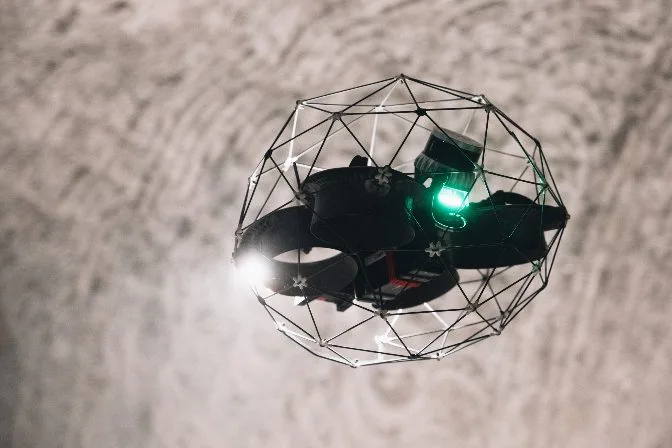
Outdoor Maritime Drones
DJI Matrice 300 RTK
The Matrice 300 RTK is built to withstand harsh maritime conditions. An IP45 rating, 6-directional sensing, and self-heating battery allow it to thrive in any environment. Its compatibility with a range of Zenmuse and third-party sensors offers flexibility with numerous types of inspections.
With the Hot-Swappable battery system and 55 minutes of flight time, never worry about battery life. Aviation-grade situational awareness provides aircraft attitude, altitude, velocity, wind, speed, and wind direction in DJIs all new Primary Flight Display.
Learn more about the DJI Matrice 300 RTK.
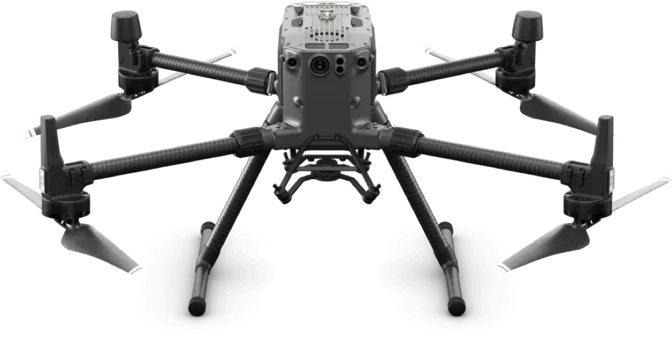
Schiebel CAMCOPTER S-100
The Schiebel CAMCOPTER S-100 is a versatile helicopter-style drone for civilian and military applications. Its long range, performance, high-tech sensors, and navigation equipment make it optimized for maritime operations.
360°of coverage aids in tracking and the identification of maritime-based objects and events. The CampCopter S-100 only requires two people to operate it, and it has small equipment and logistical footprint.
Integrated spotlights and loudspeakers are also available for search and rescue applications.
Schiebel offers a wide range of sensor options, including:
-
Electro-Optical / Infrared
-
Synthetic Aperture Radar (SAR)
-
Laser Imaging Detection and Ranging (LIDAR )
-
Signals Intelligence (SIGINT)
-
Hyperspectral
Learn more about the Schiebal CAMPCOPTER S-100.
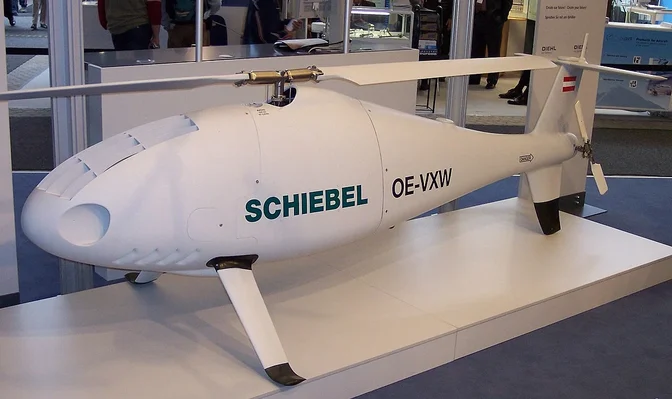
Maritime drone services
In many cases, ship owners choose not to purchase their own drones and instead rely on specialist service providers. In the case of maritime drone services, this includes operators that are UT certified so they can gather ultrasonic thickness measurements with UT drones. These services are available around the world, with consultants promising significant cost savings, safety improvements, and boosts to inspection efficiency.


-1.png)
